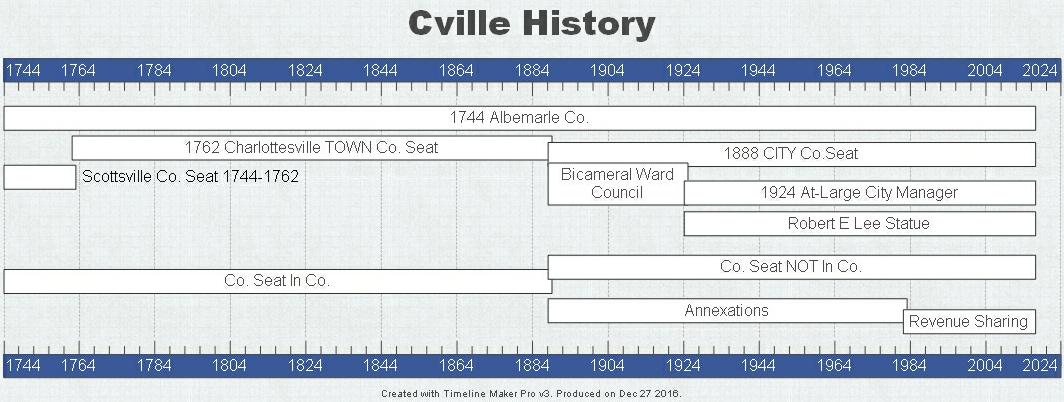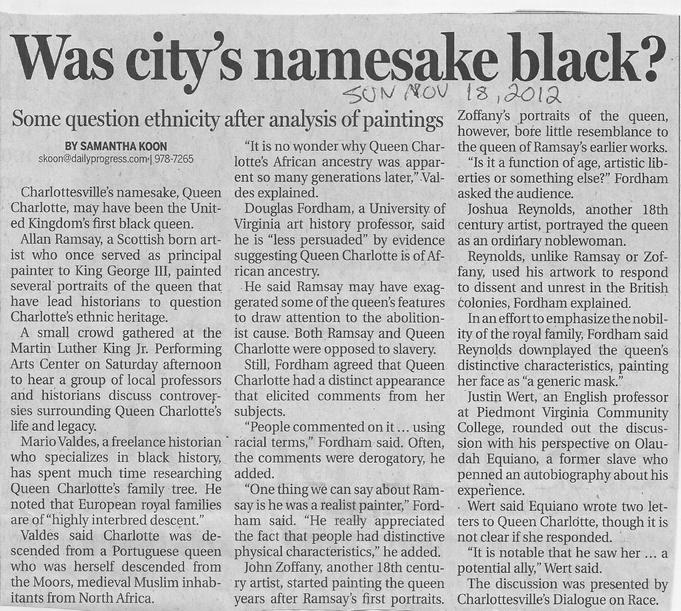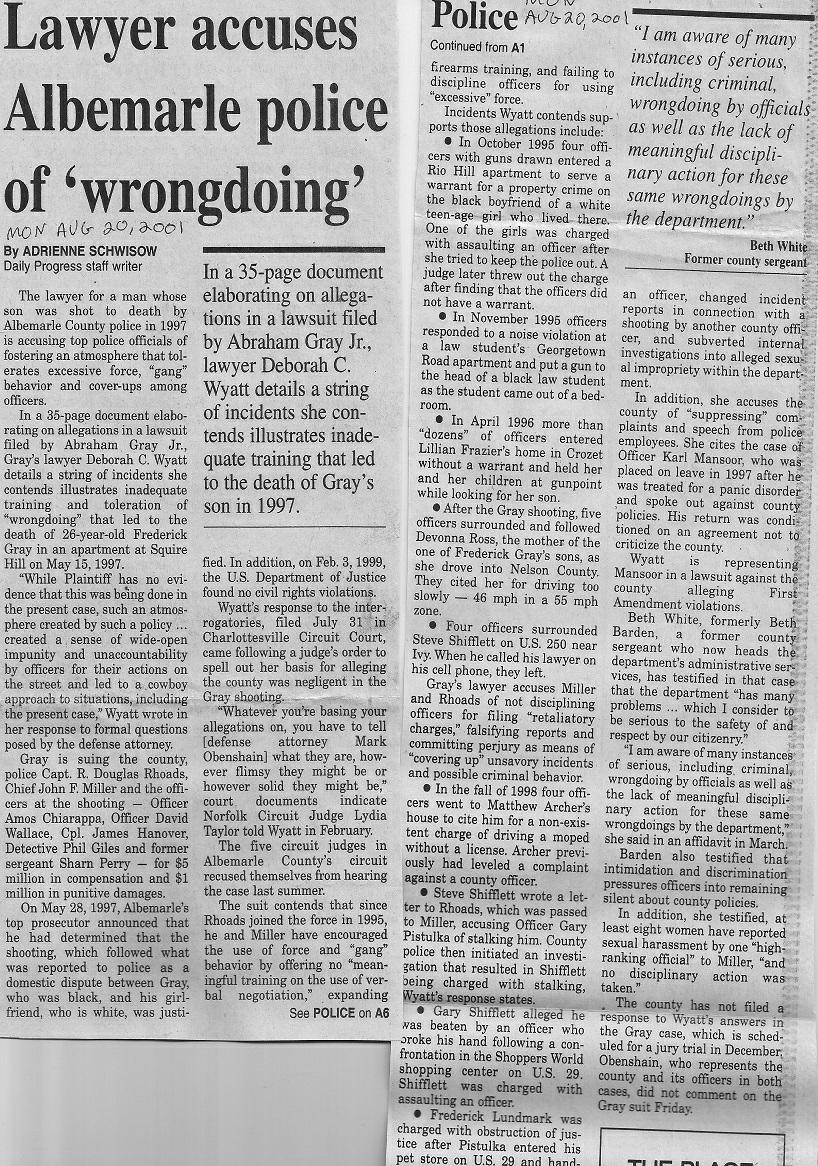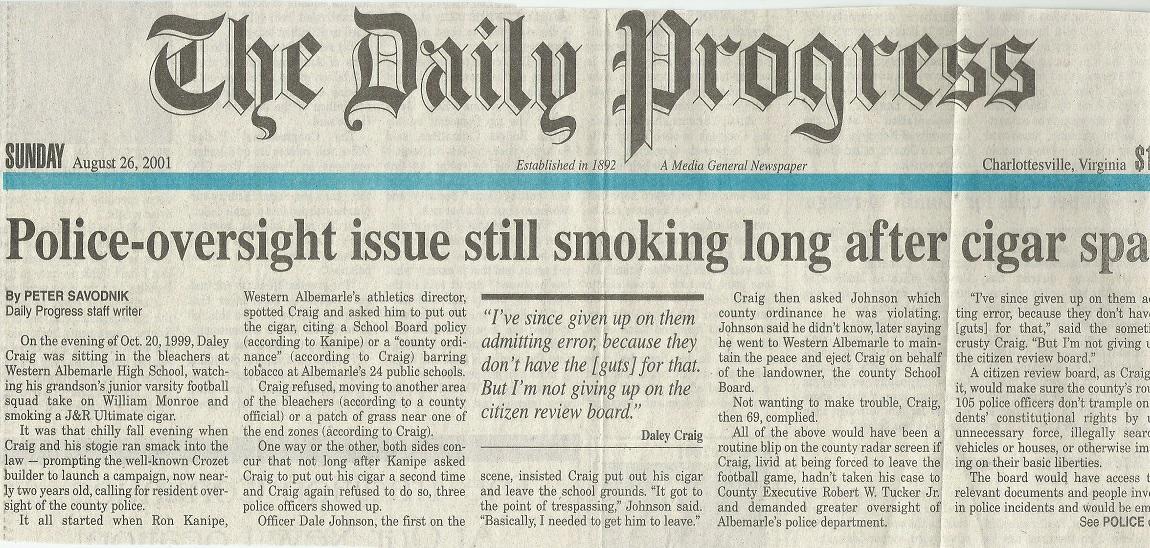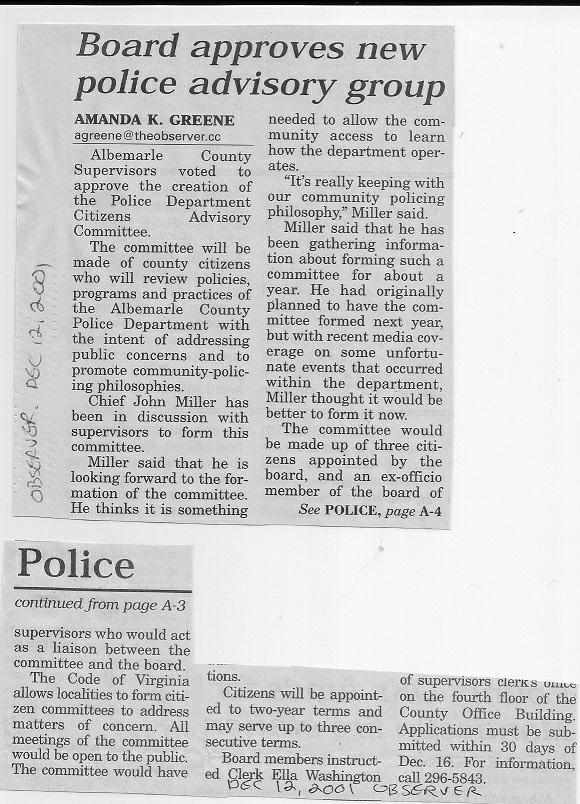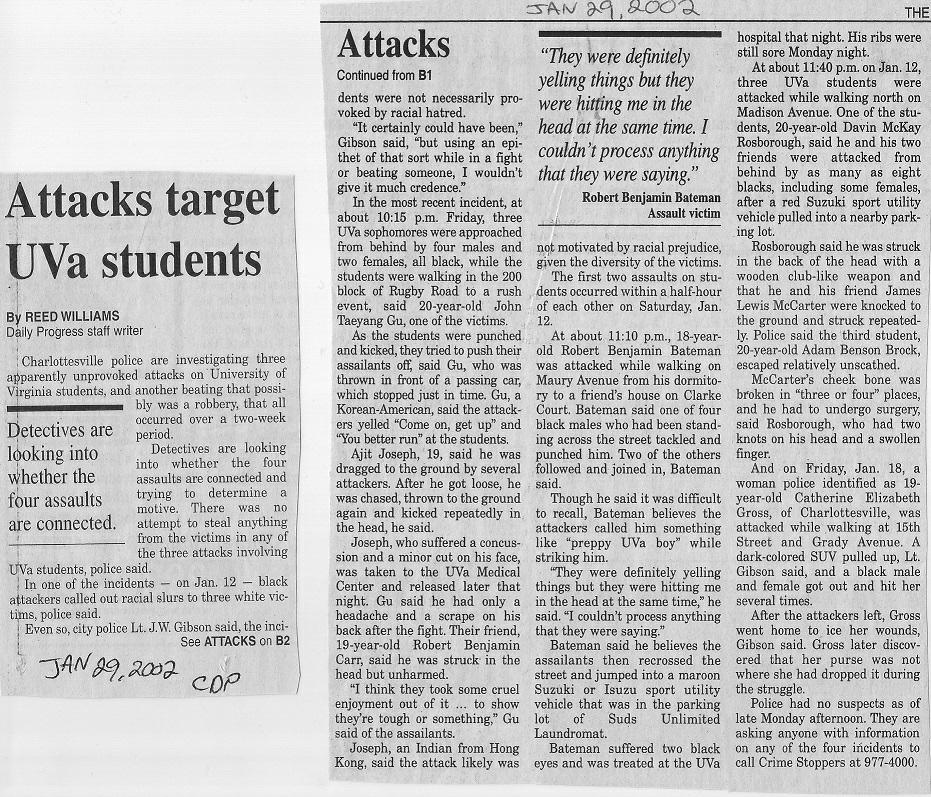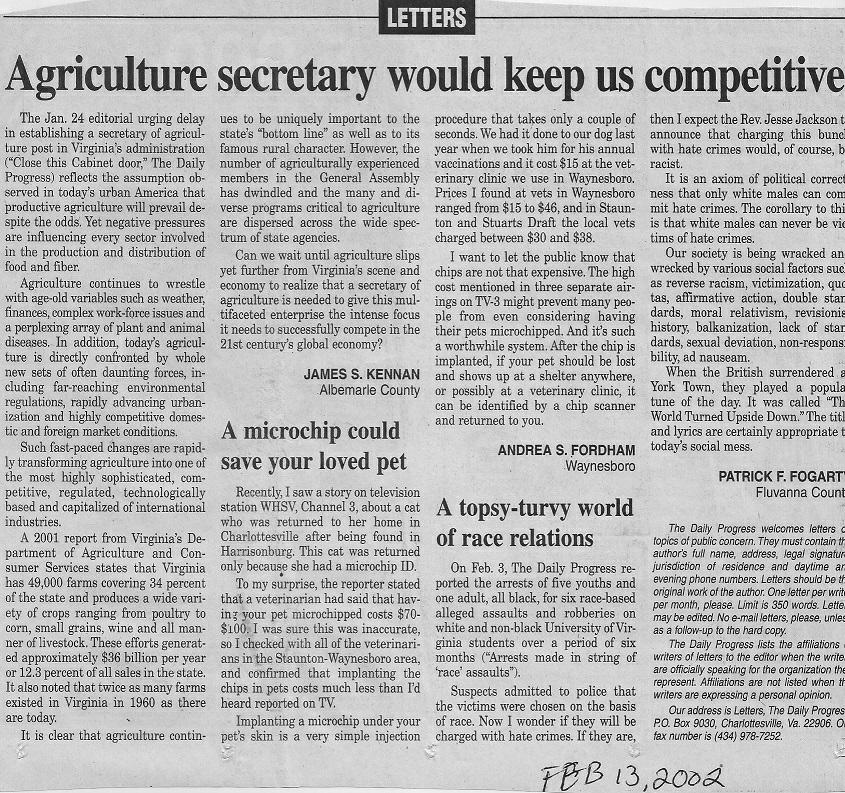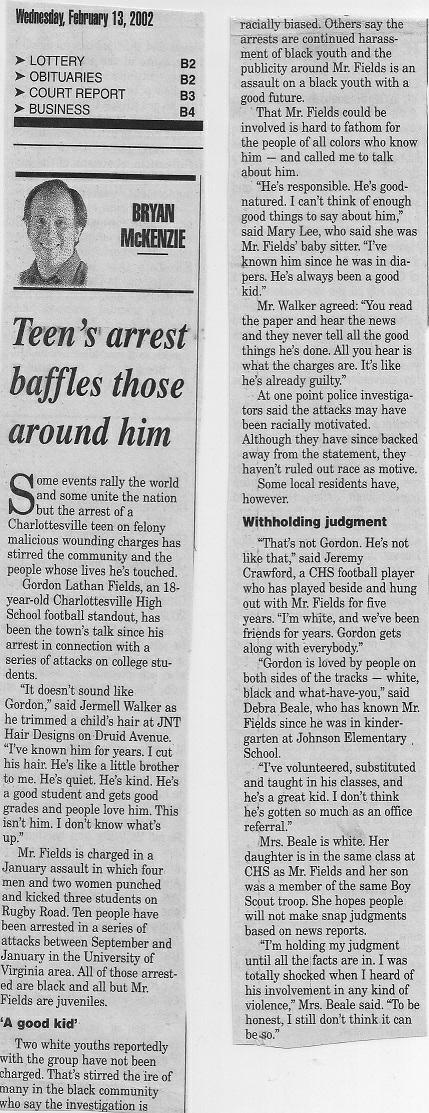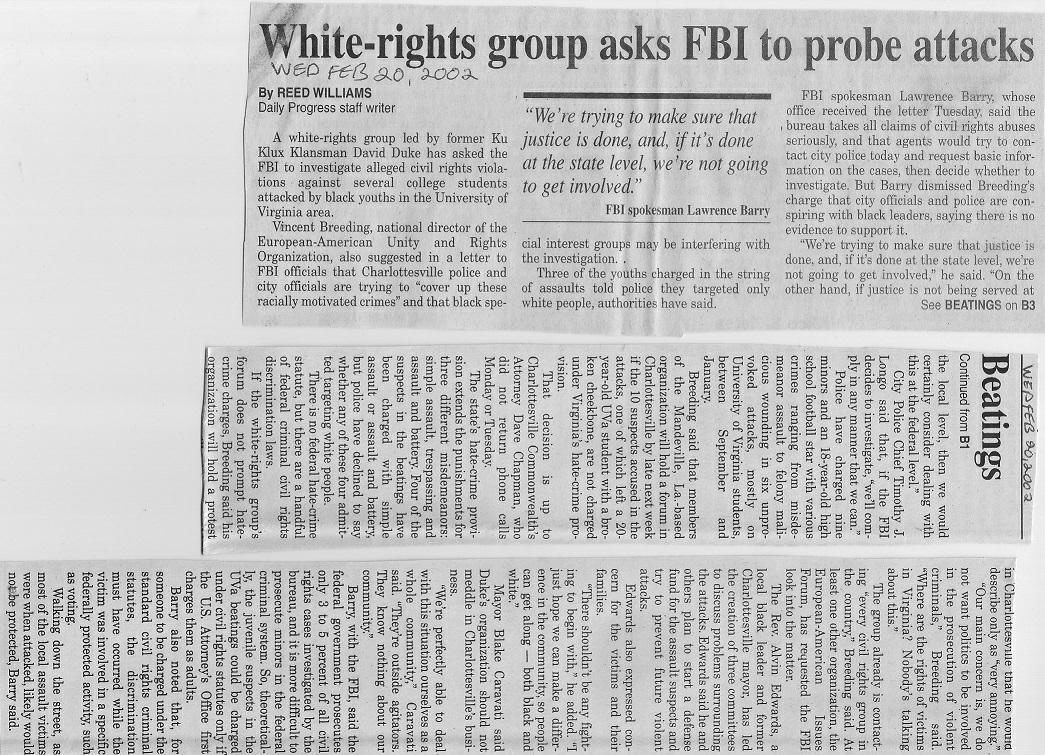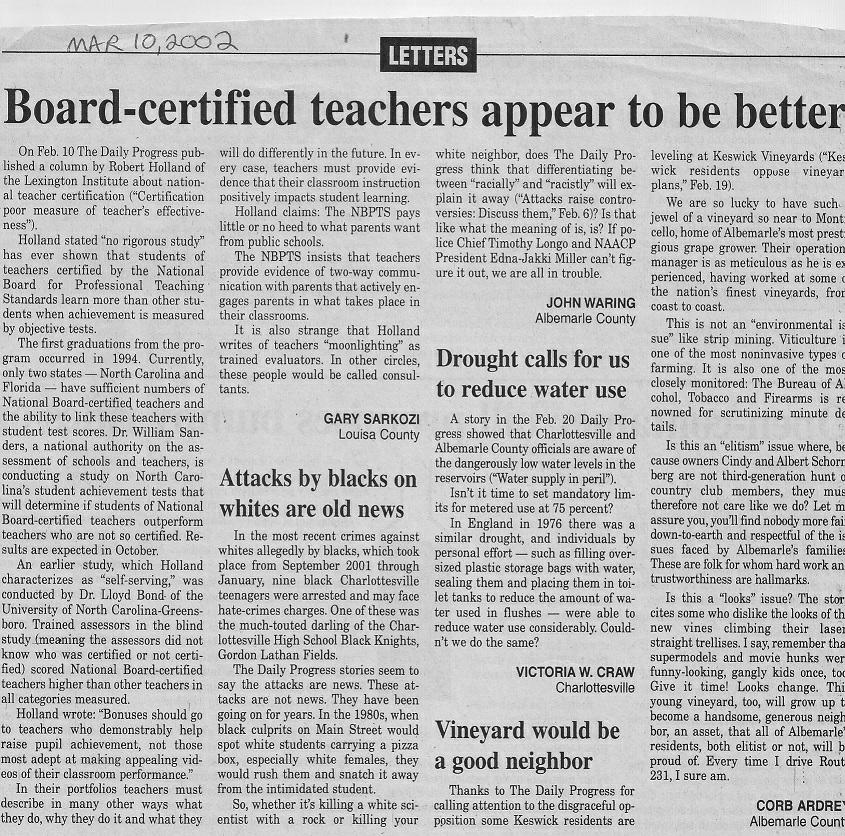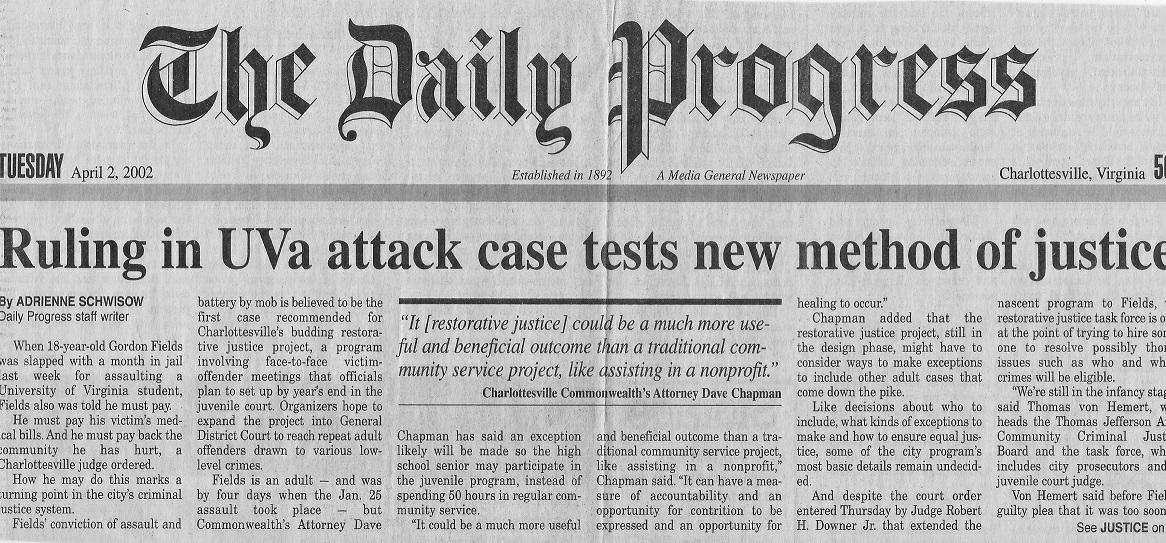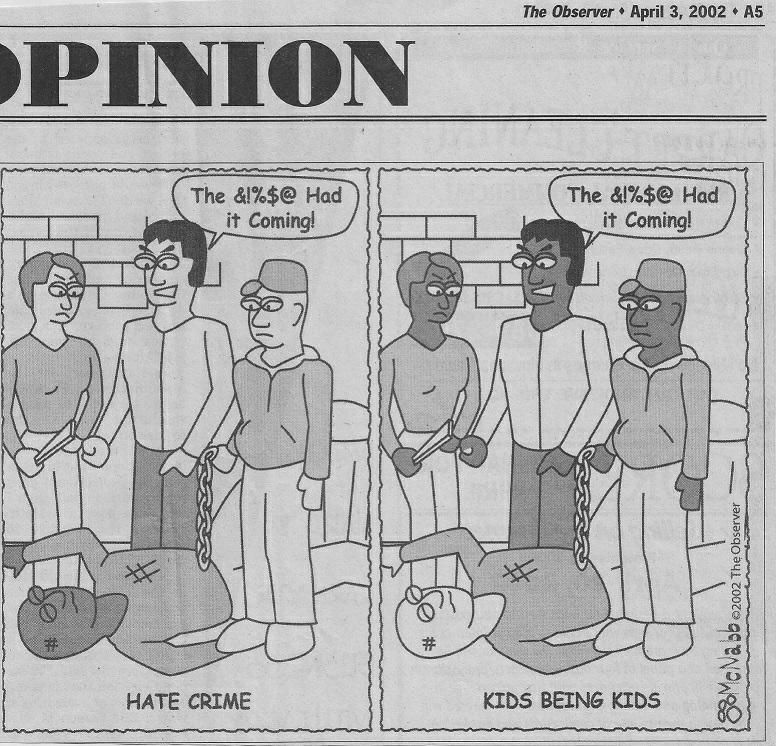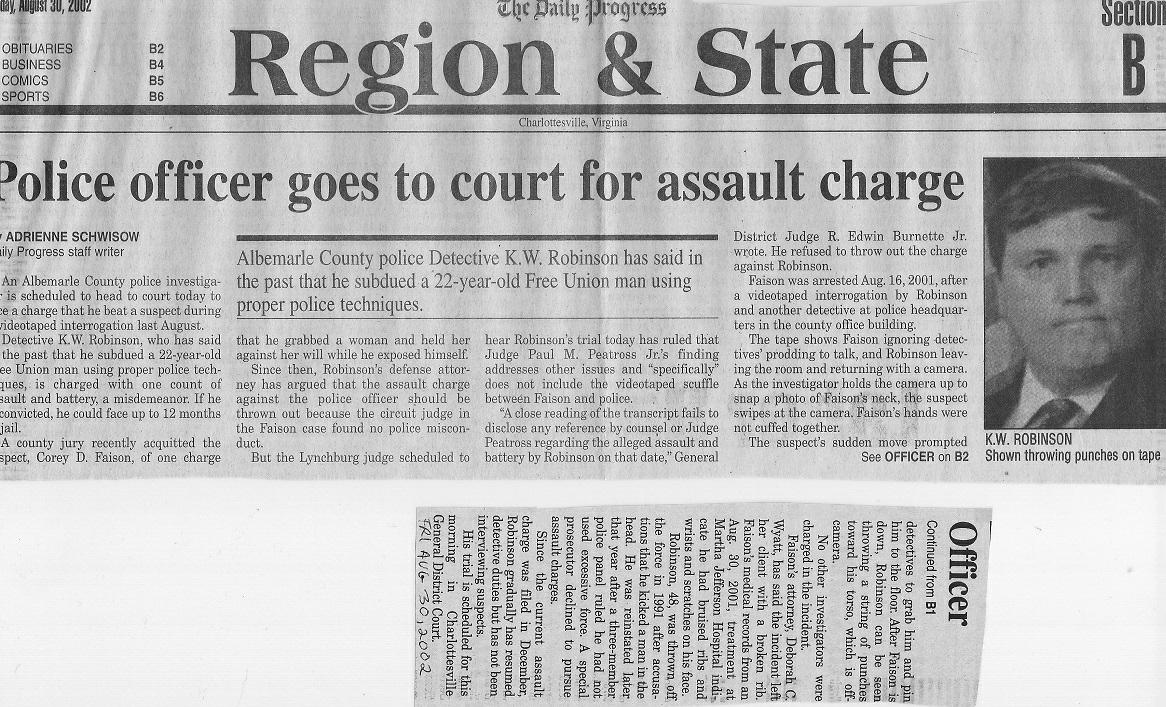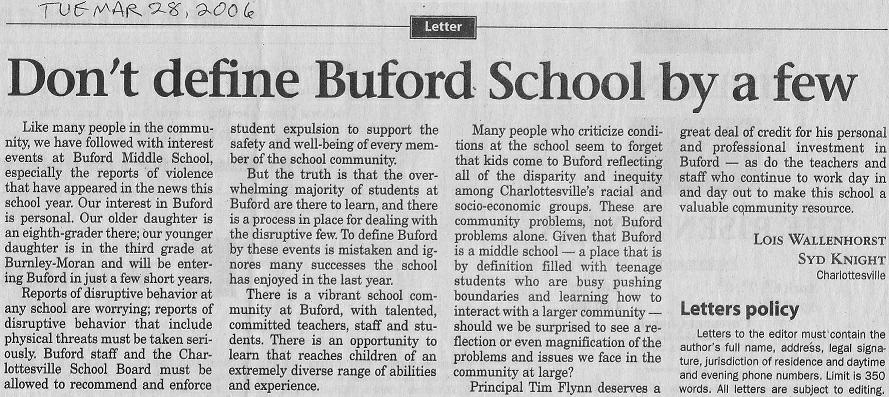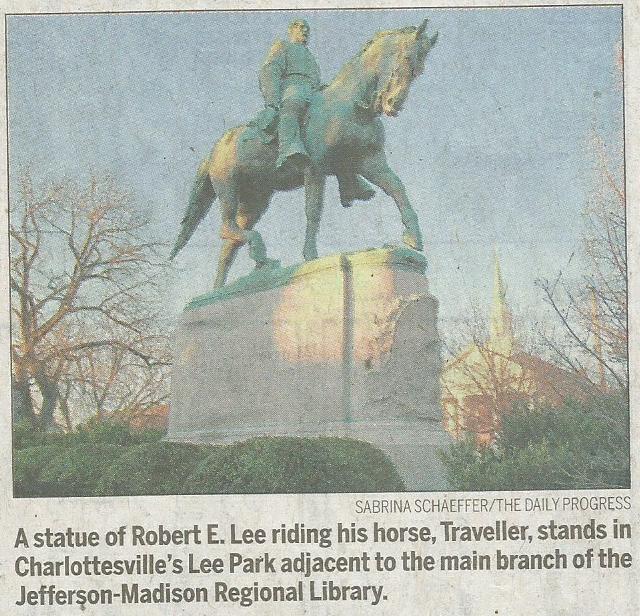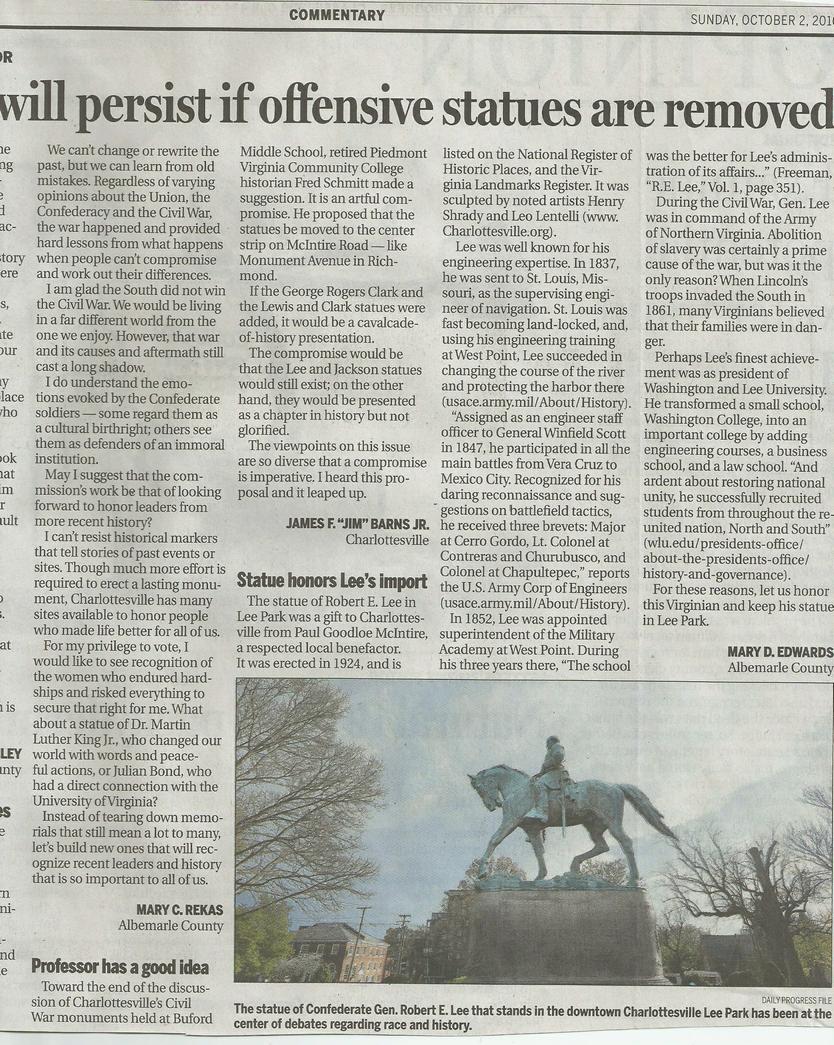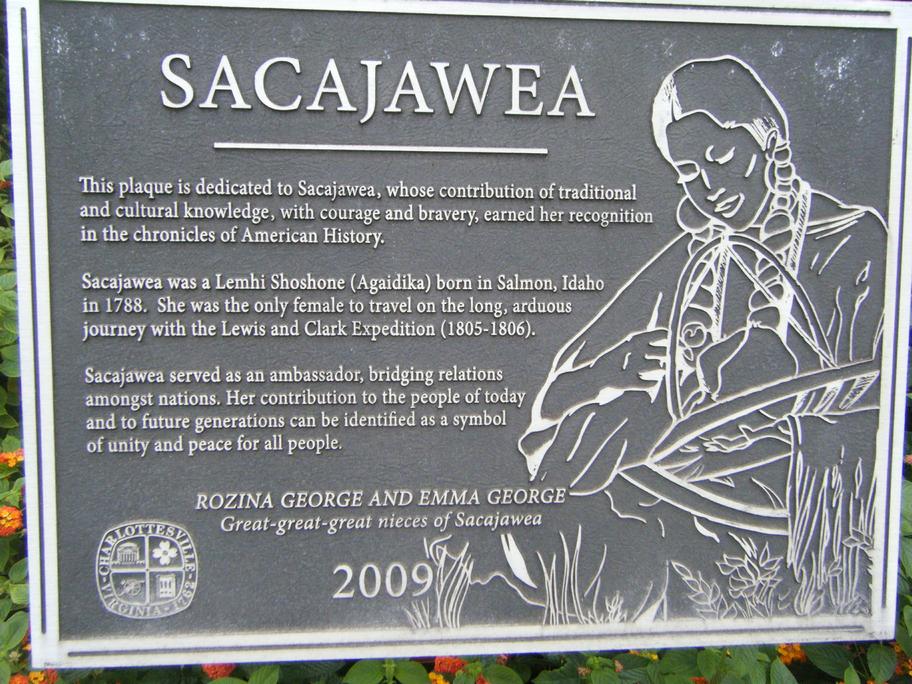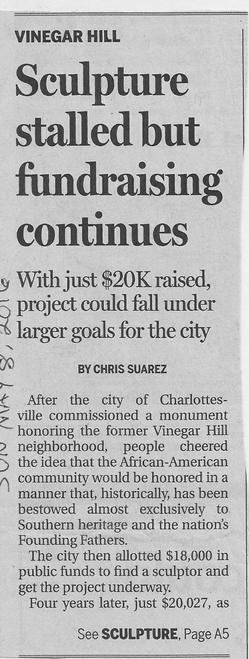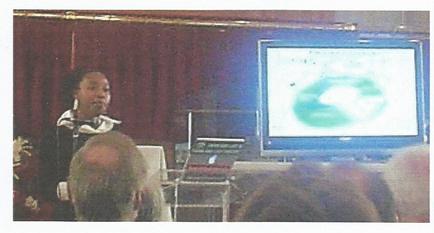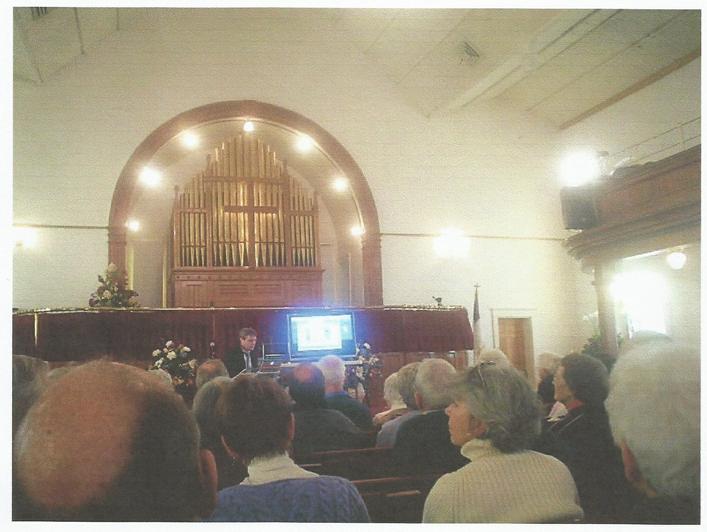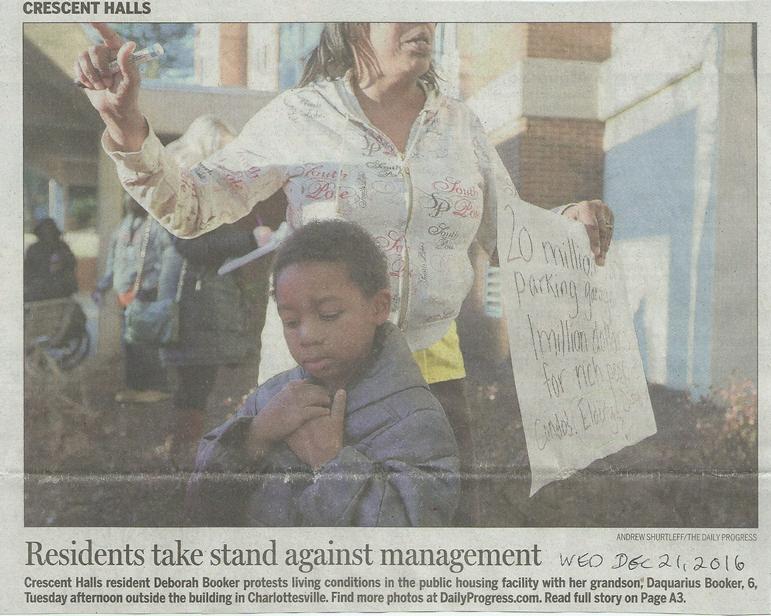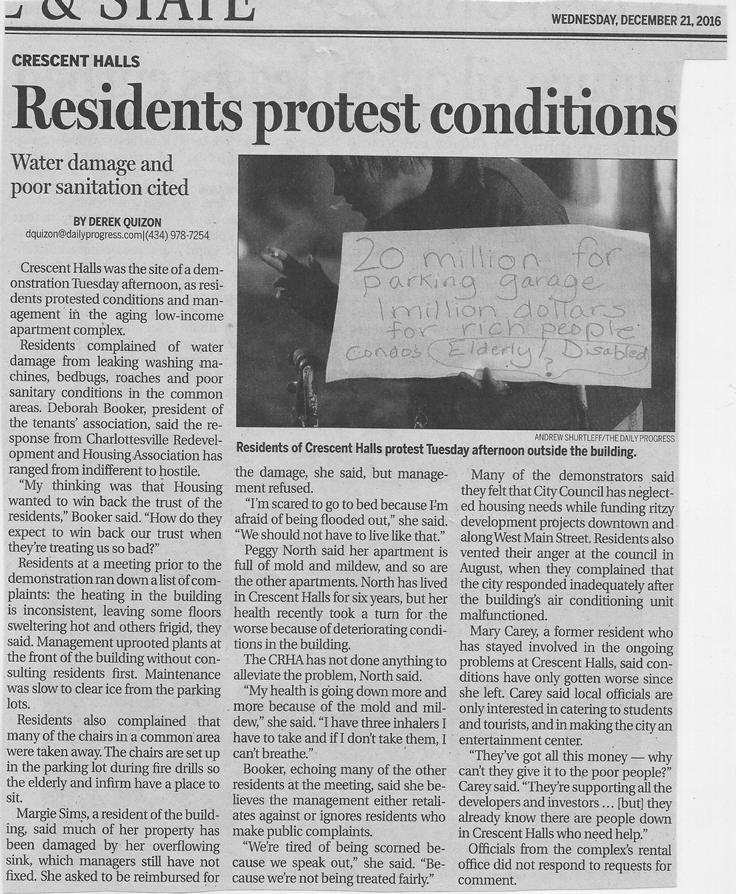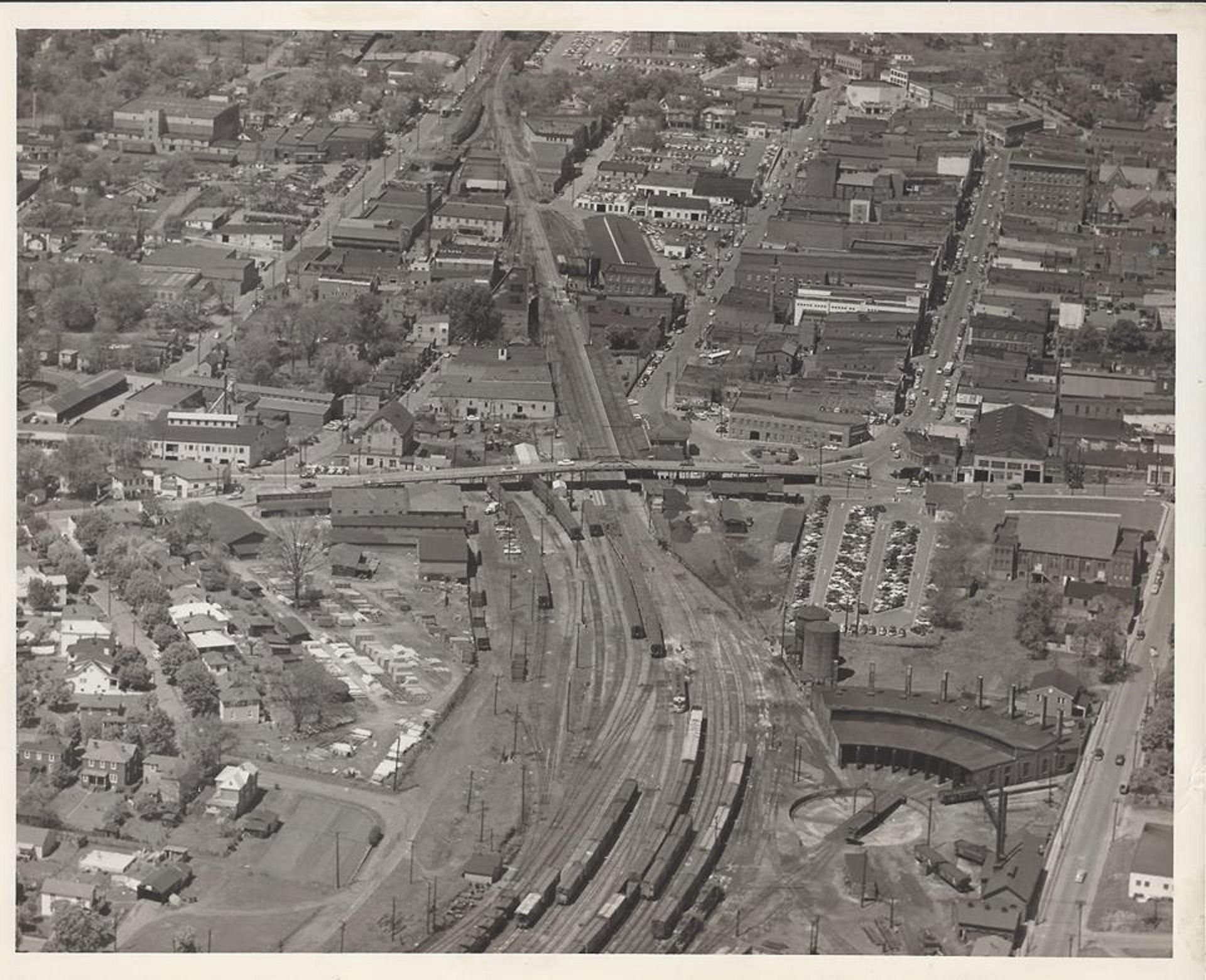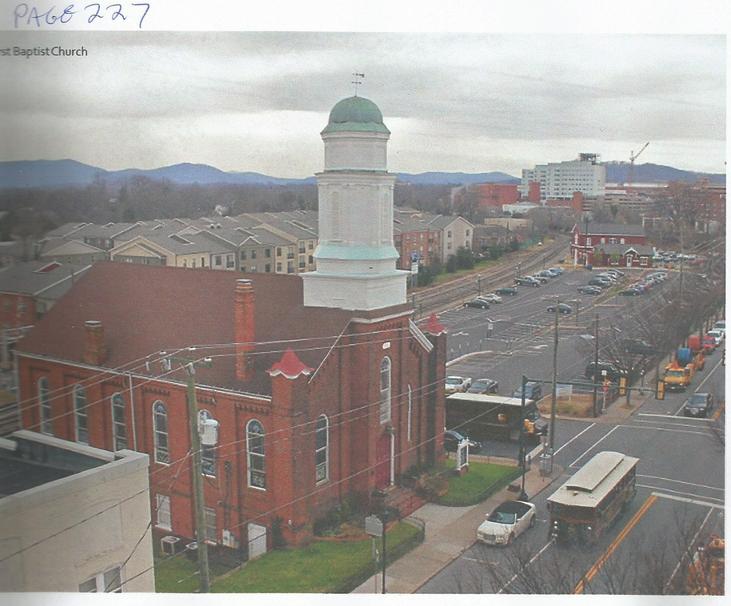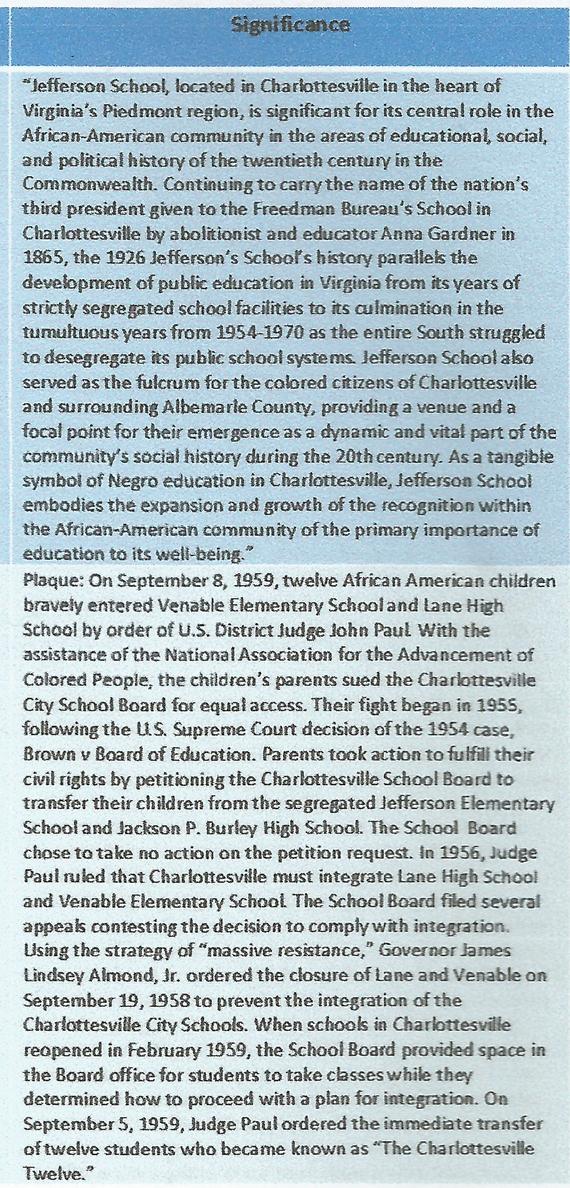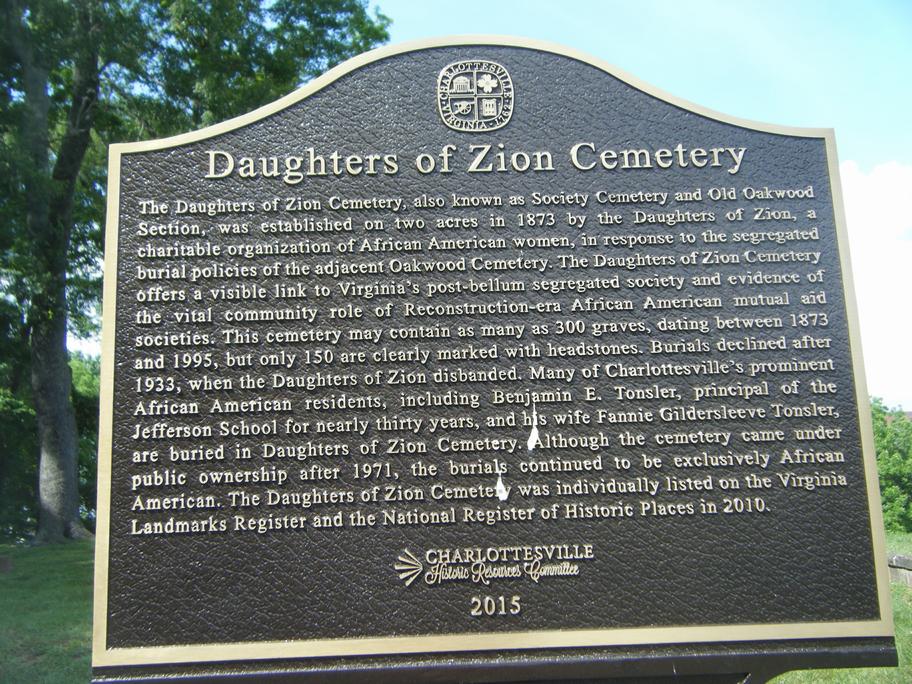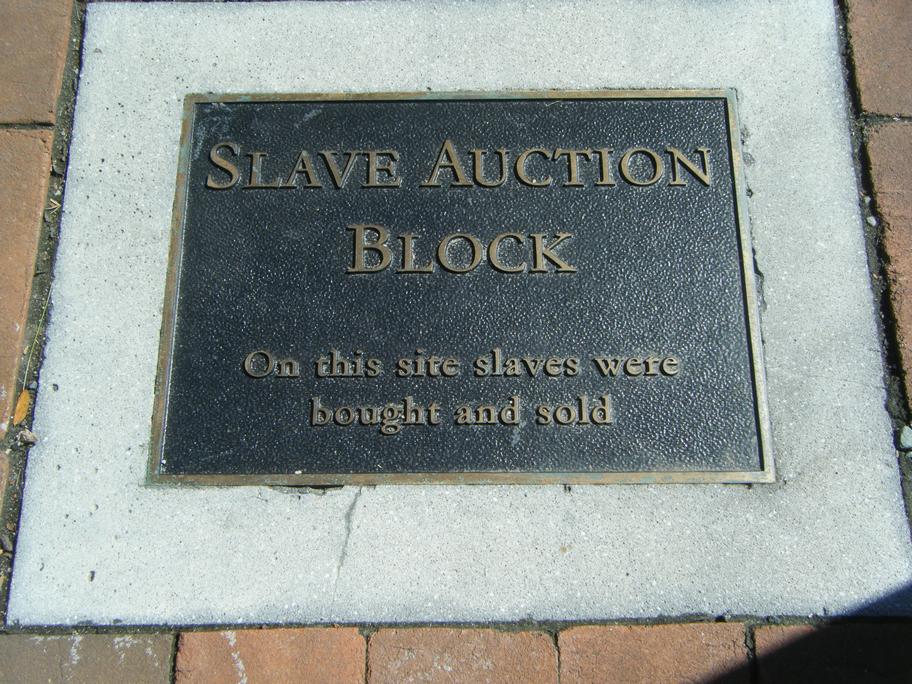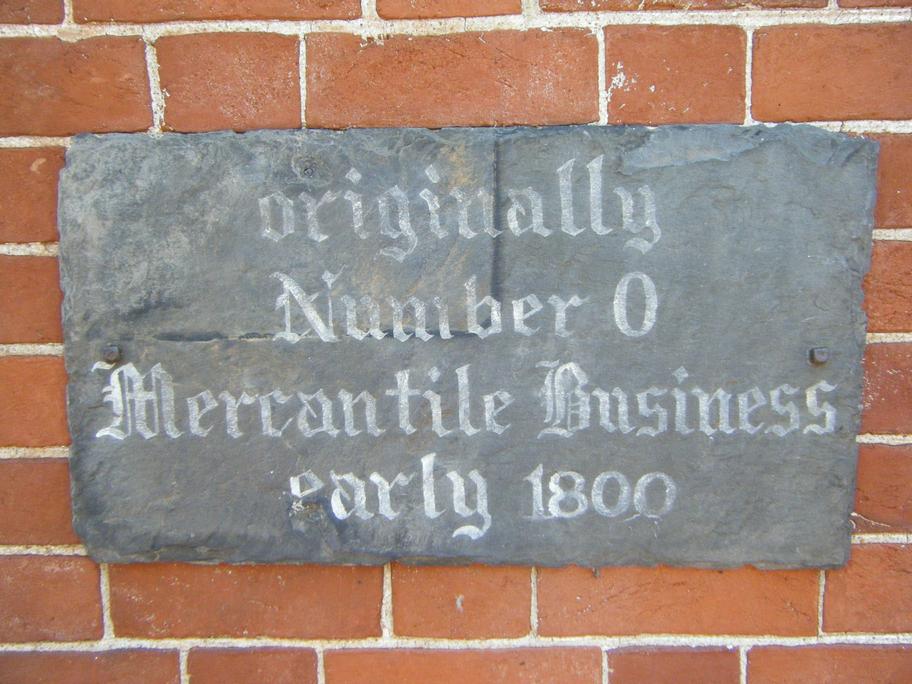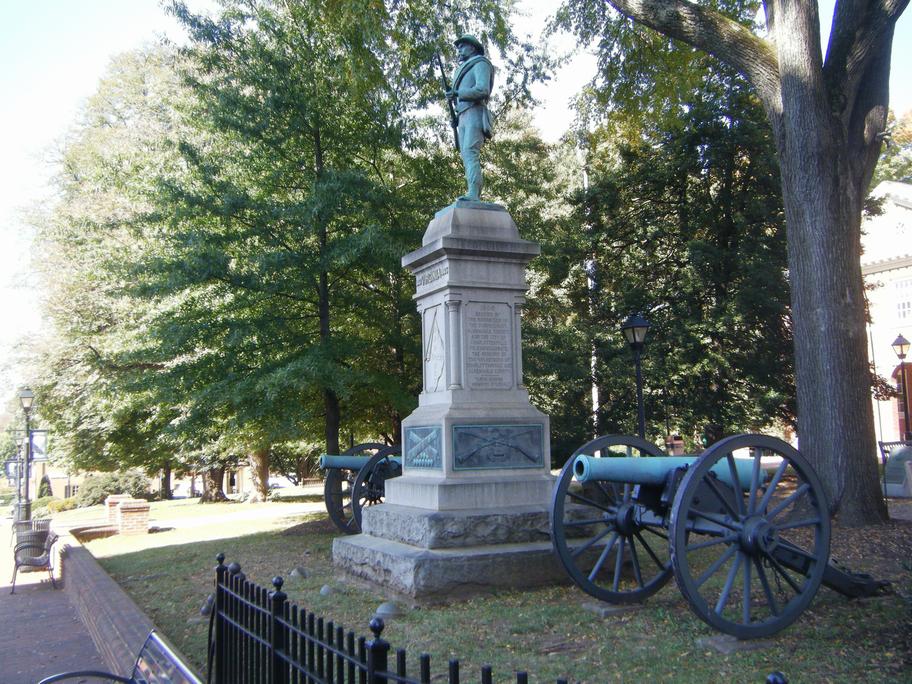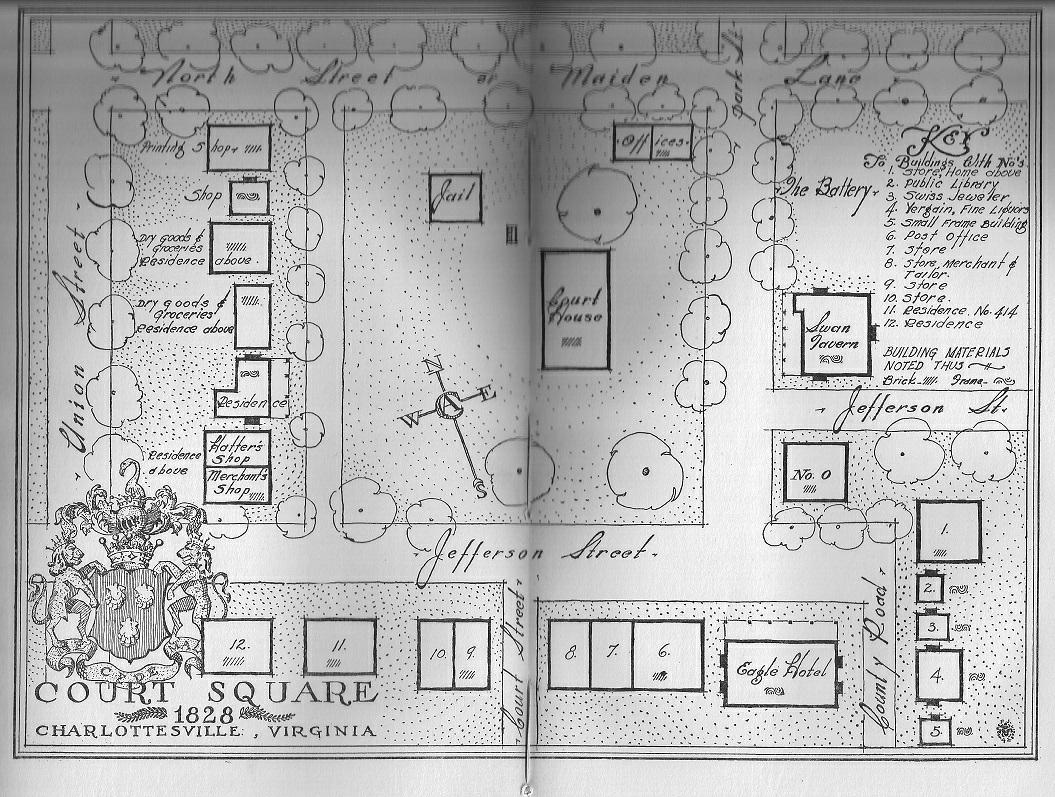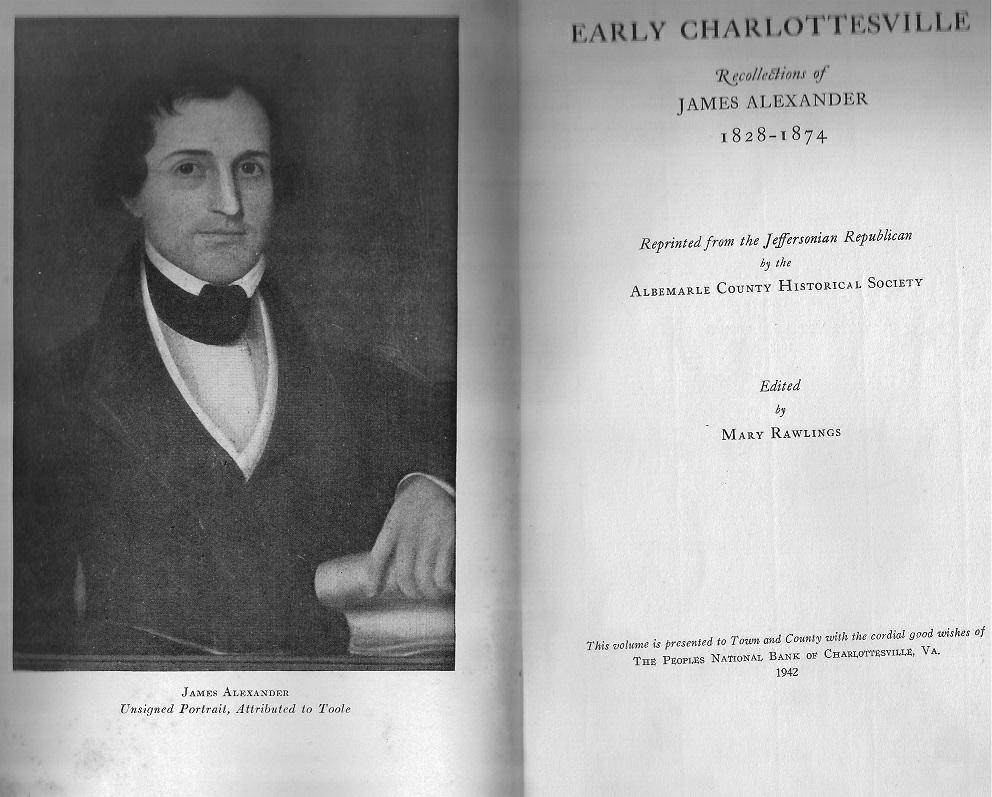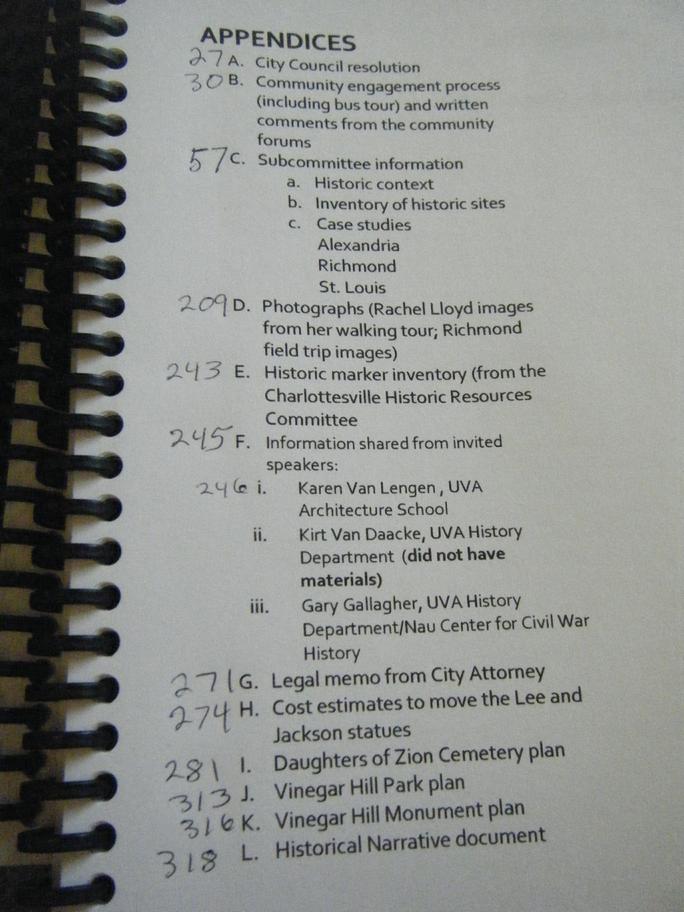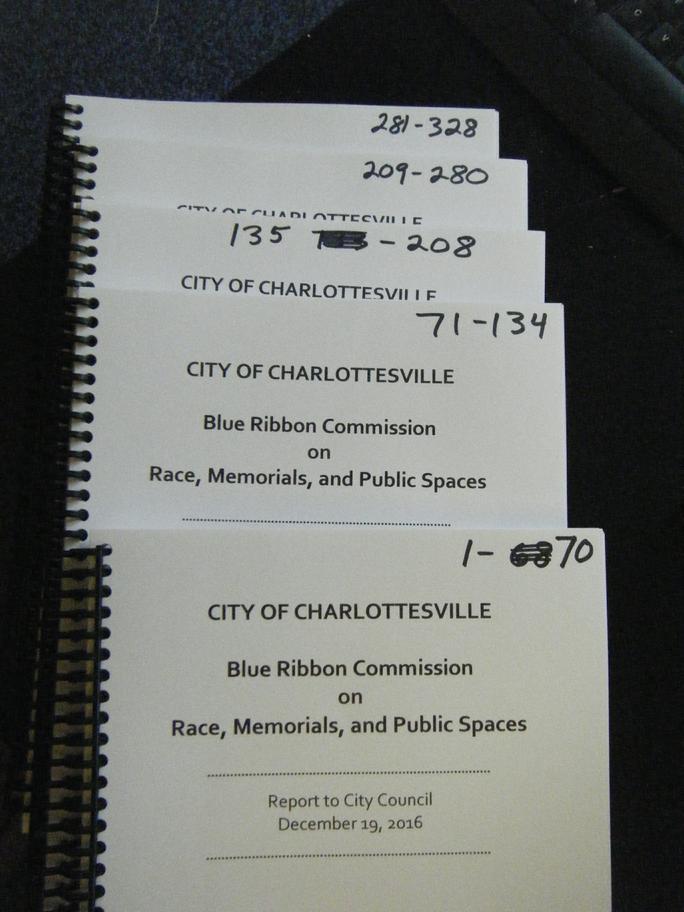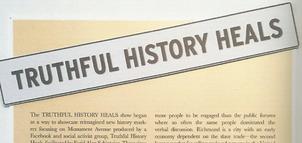
Statues & At-Large Remain From Segregation: Secret History Of Blue Ribbon Report
Charlottesville, Virginia (Dec. 27, 2016) — Unchanged from the 1920s KKK era are confederate monuments and the segregationist at-large city manager form of local government, conceived by S.D. Timberlake of Staunton. The so-called Commission form of government promised to run things like a business and was adopted in many cities foreshadowing one-party rule and inevitable decline.
Just this year, when asked if he would run the federal government like a business, President-elect Trump said No. The two should not be the same. By contrast the national Democrats want more At-Large, popular vote for president.
The Blue Ribbon Report makes no mention of the At-Large system. But it does mention Wards to identify representatives in the bicameral system, when the City had a Common Council, Board of Aldermen and elected Mayor. The report suffers from myopia, focusing on details and not seeing the big picture. Locally the Chamber of Commerce was born to push the At-Large.
Since the 1920s there have been at least two efforts to reform the majority-only system.
In the late '70s/early '80s the NAACP tried, right after the biggest part of urban renewal. City Council had to take over its own Housing Authority real estate company. The urban renewal agency just hired the latest redevelopment director ("City hires first chief of redevelopment," Dec. 22, 2016, Daily Progress).
The first NAACP was 1909 and Charlottesville's branch started July 1918, at the end of the local Golden Age for Race Relations, as the Progressive Movement was ramping up. Nobody remained alive with collective memory of the 1850s atrocities that ushered in the Golden Age. In this age there were only 2 lynchings, a black man and a white man, both vigilante mob justice. That all changed when Woodrow Wilson, also from Staunton, became President and re-segregated the military and federal government.
In 2000 a faction of the Democrats, who supported election reform and a directly elected mayor, were elected. While in office they opposed any reform offered by the lone minority voice on Council elected in 2002. Moving Council election from May to November is the only change since the Robert E. Lee statue.
Two decades after NAACP failed, City Councilor Rob Schilling gave it a try. The 2004 Commission on Council Representation was met with scorn from Democratic Councilors. In Nov. 2005 Schilling got the Elected School Board passed against unanimous opposition from liberals. Democrats wanted the at-large Council to continue to appoint by wards. The elected school board became at-large. All boards and commissions are at-large, so the segregegationist culture permeates throughout City government, called institutional racism.
Often a black city councilor or school board member will claim they represent the black community. That's impossible. Under at-large to get elected, you must have at least 51% of the whole city, not 51% of the black section of town. Blacks are 20% of the total population. At-large explains why black city councilors support policies hostile to minorities, like urban renewal, and oppose preservation and publication of local black history in the Housing Authority archives. The first black mayor was under at-large. But he was not the first black city councilor.
By itself At-Large is not enough to oppress blacks if blacks are 52% of the population. You need Annexation of white suburbs to dilute black power. Since the late 1800s black population has been fairly steady in the old town, called the inner city today. Under the Ward sytem, annexations would not matter much because the inner city would still have a representative on Council. Under At-Large the 80% whites determine all decisions and all discussion.
Some people are new to the abstract concepts swirling around the report. Here's an analogy. At your house, the heat is broken, the roof leaks and there's termites. So you've decided to paint the house, mow the lawn and pave the driveway. Now people are complaining that the paint did not fix the heat or the leak.
Political debates are rarely won on the merits of unfamiliar ideas. Congress is how the framers balanced at-large (Senate, popular vote, direct democracy, collective) with districts (House of Representatives, minority voice, individual rights). If Congress were completely at-large, whenever 51% of USA is Republican, then ALL Senators and Congressmen would be Republican. If USA became 51% Democrat, then every congressman and senator would be a Democrat.
It doesn't seem like that would be good for the nation. The great compromise is also part of the Electoral College. But there is no compromise on City Council. The same majority chooses all 5 city councilors. At-Large turns city councilors into mayors who each represent the entire City, not a precinct. The 5 mayors delegate mayor duties to city manager. The so-called Mayor is symbolic. His only special power is to run the City Council meetings.
The Blue Ribbon Report does not talk about the elephant in the room by the name of At-Large. But it talks about confederate monuments and symbols of segregation, that paint a stark outline of the At-Large system. It provides circumstantial evidence that City Council is the source of racism the commissioners cannot address directly.
( 3-meg 162-page Archive from June 5, 2000 speeches, Charlottesville Independent Media, to July 2005 eminent domain debate. Scroll through the headlines and pictures for more history. )
History of City Council Consideration of Elections by Wards – Rob Schilling. Mar. 23, 2004.
April 1979(?)-Mrs. Virginia Carrington, representing the Political Action Committee of the Charlottesville NAACP presents petitions to Council requesting a change in the City's electoral process to include election by several wards and one at-large seat.November 19, 1979-Council agrees to delay study of NAACP proposal.
August 4, 1980-Council appoints Citizens' Committee to Study Council Changes (CCSCC) [...]
November 17, 1980-CCSCC issues report... "A majority of the Committee recommends that Council consider favorably a change in the method of election of Council to a mixed ward/at-large system, with the mayor being selected by Council as at present. (Five for, two against, one abstention, one absent)" Specifically, a four ward, three at-large system was proposed (Six for, one against, one abstention, one absent).
January 13, 1981-Council holds work session on CCSCC recommendations and decides to schedule public hearing.
January 19, 1981-Public hearing held on CCSCC recommendations. Council directs the City Attorney to formulate a proposed ballot referendum for review.
February(?) 1981-Upon review of the City Attorney's proposal, Council agrees by common consent to pursue the idea of a referendum.
April 20, 1981-Council appoints additional members to CCSCC (includes Councilors Vandever and Hall).
May 19, 1981-Council adopts resolution directing CCSCC to ".study in further detail the specific provisions which would be proposed in such a referendum." CCSCC to report back to Council by August 1, 1981.
October 19, 1981-Council appropriates $3,000 to publicize referendum on charter amendment.
November 3, 1981-Election held. Ballot question reads as follows: "Shall the form of City Council be changed from the present Council of five members elected by the voters of the entire city to a Council composed of seven members, with four members elected from four separate wards within the city and three members elected by the voters of the entire city?" 10,330 people voted. Measure passes with 2,642 voting in favor and 2,418 voting against. Item carried in six of city's eight precincts. (Note: According to Mrs. Carrington, Question was not listed on the Democrat Party sample ballot.)
November 16, 1981-Majority of Council expresses concern that vote was not "decisive enough" and "not enough people voted." Council moves to put same referendum on May 4, 1982 City Council election ballot for another vote.
March 15, 1982-Council appropriates $3,000 to publicize referendum on charter amendment.
May 4, 1982-Election held. Measure fails on revote with 2,453 voting in favor and 3,382 voting against.
Blair Hawkins' letter "Interest in mayor system ignored," Aug. 30, 2004, The Daily Progress
I would like to provide balance for The Daily Progress editorial ("City system not broken," Aug 19 2004) defending the current appointed city-manager, one-council system with 5 councilors elected at-large, modeled after corporate governing boards, which in 1922 replaced the old system of a directly elected mayor, Common Council and Board of Aldermen each with 6 members, modeled after the state and federal systems.
The rhetorical device of the editorial is to exclude all counter-arguments and then declare that "there is no clamor in Charlottesville for a strong-mayor system of government." The Democrats supported a directly-elected mayor in their campaigns 4 years ago. On March 22 of this year, Democrat Meredith Richards and Republican Rob Schilling gave a presentation on ward-mayor systems at Tonsler Park. That sounds like bipartisan support. The Progress did not cover the forum.
At that forum, moderator Corey Walker said that many cities adopted at-large systems in the early 1900s as a way for the elite to maintain political power. Because of immigration, neighborhoods would become ethnic enclaves. If a neighborhood is a ward, well, that means a minority sitting at the decision-making table.
If the purpose or effect of adopting an at-large system is to consolidate political power in the hands of a few people who live in a few neighborhoods, then switching back to ward representation would be the right and democratic thing to do. The Progress did not print this spring's election results by precincts, departing from its journalistic tradition.
If there's no demand for an elected mayor, why is a task force studying that possibility? Why did three elected officials vote the task force into existence and appoint its members if it's a "yawningly academic waste of time?" How can the Daily Progress dismiss so many people and so much information?
The task force will hold a public forum on these issues in the coming weeks in each of the 8 precincts beginning with Carver in ward 2 at 7pm Thursday September 9 at 327 W Main St. #101, hosted by the Quality Community Council.
By 1924 there's hint of blocking efforts. Supporters rally again for the At-Large. Excerpts from Daily Progress.
*** Nov 3 1920, "COX IS GIVEN 700 MAJORITY""Charlottesville went overwhelmingly democratic in yesterday's election...." (Republican Harding was elected U.S. President.)
*** Dec 4 1920, "IMPORTANCE OF TUESDAY'S ELECTION"
"...the present arrangement has failed entirely to do the work demanded of it, and...it is hopeless to expect to get the community out of the stagnation it is in, and on the road to achieve its high promise unless the simplified and more business-like plan that is now proposed is adopted...
Everybody is fully aware that confusion, inaction, and maddening contention have marked the last three or four years, and the prevailing plan of having two bodies with equal powers to carry on the current business and attend to the needed improvements has failed, if not broken down completely. We have had a tremendous amount of city politics, and precious little civic achievement under this form. The change proposed will take the city's affairs practically out of politics, and place them where they can be attended to as any prudent man manages his private business... ...adopt the plan which has proven so satisfactory in Lynchburg, Roanoke and other Virginia cities...."
*** Dec 7 1920, "ABLE ADDRESS BY ALDERMAN: Head of University Charms Hearers"
"The Courthouse last night saw the initiation of the much heralded Chamber of Commerce Forum. If this is a fair sample of Chamber activity, it is auspicious of a great usefulness to the city.
On the eve of voting on the change in form of government, the average citizen found himself entirely ignorant of the merits of the question and even of the details of the proposed plan of "Commission Form of Government." This was the opportunity for the new Chamber, in an impartial way, to bring the information to the voters.
Two Hundred Attend
On petition of twenty members a meeting of the Chamber of Commerce was called to which all citizens were invited. Speeches by men well informed on the subject were followed by questions and discussions from the floor.
The two hundred men and women in attendance, many of whom stood throughout the entire evening, manifested the greatest interest in the discussion. Whatever his opinion regarding its merits, every one left the meeting with a clear understanding of the issue.
...President Holsinger introduced Mr. S. D. Timberlake, of Staunton, originator of the City Manager Plan of City Administration. Mr. Timberlake, though originally opposed to the introduction of commission government in Staunton, bore warmest testimony to the efficient and satisfactory manner in which it has been working since its introduction...."
*** Dec 8 1920, "BIG VICTORY IS REGISTERED: By Advocates of Modified Commission Plan"
"...The plan is thus shown to have carried, under the provision of the amendment voted by the people at the November election in regard to the government of cities and towns, which allows a majority of those voting on any such question to prevail, changing the old requirement that a clear majority of all entitled to vote was necessary to pass such changes. As it is estimated that there are now over 1,000 qualified voters in the city, taking into account the new women voters, it appears that the new plan was endorsed by practically a clean majority, notwithsatnding the new provision....
*** Dec 10 1920, "STAND READY TO STEP DOWN: Councilmen Express Willingness to Resign"
"...two councilmen have been so much displeased with the slow procedure under the bi-cameral form that they had decided to resign from the body at an early date had not the change in government been endorsed by the recent election...."
*** Jan 30 1922, "DANVILLE COUNCIL REBUKES CRITICS: Wishes to Administer City's Affairs in a Business Like Manner"
"[By resolution, the Danville council] declares that it wishes to administer the city's affairs in much the same way that a board of directors of a corporation would conduct its affairs and it sees no valid reason why it should not elect its attorney and the tax collector...."
*** Feb 1 1922, "WOULD AMEND CITY CHARTER"
"The directors of the Chamber of Commerce voted to petition both branches of City Council to pass a joint resolution requesting the enactment by the General Assembly of the necessary legislation to amend the city charter as follows:
(1)...Commission of five members to be elected at large...
(2)...shall hold office for two years...
(3)...Commision so composed shall take office on July 1, 1922...
(4)...duty of said Commission of five members to immediately elect for a period of one year a Business Manager at a salary to be fixed by them, and may be removed from office by said Commission for proper cause. Said Business Manager shall have full executive authority in the management of all ministerial affairs, and shall have the right to employ and discharge all city employees heretofore elected by the City Council except the city attorney, police justice, police force, and city physician and health officer...
(5) Provision for Referendum and Recall."
*** Feb 8 1922, "CHARTER AMENDMENTS: Provoke Lively Discussion at Director's Meeting"
"A meeting of the directors of the Chamber of Commerce was held yesterday afternoon...Representatives of both branches of the city council were present, as were members of the Young Men's Business Club and others, and the discussion was free and unrestricted...."
*** Feb 9 1922, "PROPOSED AMENDMENTS TO THE CITY CHARTER"
*** Feb 15 1922, "IS OUR COMMISSION GOVERNMENT ANNULLED?"
"It is reported that the Legislature, in amending the Charter of Charlottesville, has by an oversight, annulled the Commission Form of Government adopted by our people at an election held in December 1920. If the report is well founded, we must rely upon Delegates Smith and pitts and Senator Early to set the matter right...."
*** Feb 16 1922, "GOVERNMENT BY COMMISSION"
"...Unexpectedly, the amendment of the charter in 1922 was found defective, and in order to save the results of the city bond election of 1920, it was found necessary to re-enact the charter...."
*** Feb 18 1922, "LET THE PEOPLE DECIDE"
*** Feb 21 1922, "FOR MODIFIED COMMISSION"
"...After amendments reducing the number of councilmen to three, providing that, the Mayor should have no veto, that he should receive a salary of $500 and the Councilmen $300 per annum, and that the police power should be under the sole control of the Council, the bill, as amended, was unanimously adopted [by the mass meeting at Courthouse]."
Queen Charlotte – The black queen of England
Charlotte married King George III in 1761. It was a scandal long before it was a painting. Charlottesville took this name in the latest census redistricting in hopes Albemarle would be favored in the next census. But in modern academia, the only evidence is an art critic looking at a painting. Academics can't read anymore so they don't know about scandalous newspapers or a letter written by a slave. As big a problem as fake news presents, fake history is much bigger.Fake news reports something happened that did not. Typically fake history says what happened did not really happen.
The Blue Ribbon Report tries to say the 1920s is how it is now. This essay of 2002 newspaper articles proves otherwise. So the purpose of the Report must be to justify the modern anti-white racism.
47-Meg 328-page Report Slow download. Also at Charlottesville.org
1924 Robert E Lee Park & Statue
Gift of Paul Goodloe McIntire in 1917 as first City public park. While racial tensions increased steadily during this period, McIntire had no segregationist intention when he donated parks for whites and parks for blacks. According to Margaret O'Bryant of the Historical Society, McIntire was a man of his times, generous and fair. The racial fervor was not mentioned at the dedication, though there were many KKK rallies at Lee Park. O'Bryant also said McIntire funded the first public library. Actually there are markers at Court Square that say the first public library was a century earlier.If we look back at history, the 1924 statue takes us to 1865 Civil War...skipping over a chunk of history. The Age of the Lost History...coinciding roughly with the Golden Age of Race Relations 1865 to July 1918 when the local NAACP chapter opened. The Lee statue parallels the 1917 – 1924 rise in racial tensions, reaching a crescendo with KKK marches and rallies. So the statue is an unequivocal symbol of segregation and white supremacy. The only good meaning goes back to 1865 when that attitude was supposed to have ended.
However there was resistance. For example the YMCA said no to Klan use of facilities. Only a few years later in 1927 this iteration of the Y was absorbed into Farmington Country Club. The idea that every white person was a devout Klansman is a myth put forth by the report. The report compares statistics to show times are worse now than before the statue. But how can a statue discriminate? The only unreformed institution from this time is the At-Large direct democracy.
Adding historical context has already happened to the Lewis & Clark monument, also donated by McIntire.
2016 Vinegar Hill Park & Monument
1924 History Repeats In 2016. Erase the history of urban renewal by focusing on 1960 Vinegar Hill. Reinforce policy that Vinegar Hill is the only Urban Renewal and there are no archives. In today's social networking, the At-Large Council cannot control the message.1954 Charlottesville Redevelopment and Housing Authority. Eminent Domain for Private Use is legal for first time. 1960 Referendum for Vinegar Hill. 1964 Westhaven displacement housing (not temporary housing). 1967 Referendum for Garrett urban renewal, at least 3 times bigger than Vinegar Hill. 1972 First wave of Garrett demolitions. 1977 Clearance for Friendship Court, the most controversial part of Charlottesville's urban renewal. Today there are 7 public housing complexes + Friendship Court + 4 houses. Land for sale and already sold for redevelopment has never been accounted for.
Fundraising for the Vinegar Hill Monument has stalled because there's no demand for a misleading, exclusionary monument that isolates black people as the only victim of urban renewal. So the Park plan is new with this Report. The At-Large Council will have to provide funding.
2007 Feb. 24 – Carter G. Woodson Institute and Historian Scot French promise to preserve the archives. 2016 Broken promise. They only did a report on Vinegar Hill.
- 1,189 visual media files
- 6,845 physical documents
- 189 maps and blueprints
- 6,199 files related to GIS mapping
- for a total of 14,422.
Lu Ann Williams apparently lies to the Historical Society. The archives were never digitized and published.
Scot French fixates on Vinegar Hill, the only minority history in Charlottesville.
1976 Crescent Halls public housing has the same problems today as the At-Large Council was warned about in 1954.
1950s Charlottesville. Upper right is Main Street. KKK would march to Vinegar Hill upper right corner. Left of the railroad is the vast Garrett urban renewal so many people are denying.
1865–2002 Jefferson School
Report got it right on Jefferson School. First classes 1865 in this location. This church was built 1883. Before that it was the Delevan Hotel, temperance house against alcohol, later part of the Civil War Hospital. In 1865 it became Colored First Baptist. Federal troops stayed in barracks in the parking lot and protected the school. 1866–1869 Classes moved into the union barracks when troops left. 1869 a new proper schoolhouse was built. 1894 Jefferson School moves to Vinegar Hill.2000–2012 local media and officials suppressed the 1865 date of origin. The late Fred Dove of the Historical Society brought the real history to the Schilling Show.
Historical Society: Jefferson School 1865.
1873 Daughters of Zion Cemetery
1860 Alexander Garrett died with plans in place to develop his Oak Hill farm. 1863 Oakwood Cemetery is public and segregated with a white section and a black section. So back then blacks were considered to be part of the public. 1873 Daughters of Zion was private. Also called Society Cemetery, it was for affluent blacks only. A cemetery for rich whites only would be considered white supremacist. Rich blacks only, black supremacist?The City acquired this private cemetery in Nov. 1971 during the most active part of urban renewal, only a few hundred feet from Crescent Halls. At this time it should have been integrated. The most recent burial was 1995. Benjamin Tonsler is buried here, who attended 1865 Jefferson School and came back to become teacher and principal. The City is now funding maintenance and repair of the segregated cemetery. Naturally. The At-Large system is based on segregation.
1820–1860 Slave Auction Block
The marker has been removed and replaced several times, most recently in early 2000s after a living history reenactment offended people. Now the presence is greater than ever. Across the street is the courthouse and Civil War monument. The unspoken history is the 1850s spectacles to prevent a slave revolt, which ushered in the Golden Age of Race Relations.More on Slave Auction Block Number Nothing.
"A southern snow brought out for an hour some black lettering through the paint..." BENSON AND BRO. AUCTION ROOMS right over the 18x15x80 inch auction block removed between 1906 and 1925 "by some employees of the city, when cleaning the streets or paving this section." The 1820 sale of this lot is written onto the 1818 plat. "At some later period, traditions of the slave trade gathered about this house." This area was a hangout "on court-day" for the big 3 founding fathers, Thomas Jefferson, James Madison, James Monroe. They were slave-holders. They were also lawyers. The library was next door, holdings gone to the YMCA, tavern and hotel on both sides, the Swan and the Eagle.
The 1942 book is "Early Charlottesville: Recollections of James Alexander 1828-1874" by Albemarle County Historical Society formed in 1940. The book is researched, footnoted and indexed by Mary Rawlings. James Alexander was born in Boston in 1804 and came to Charlottesville 1828 to preserve the works of Jefferson. Alexander became a southerner and supported secession. Both his sons died in the Civil War, and three daughters survive.
The book is full of stories and anecdotes. There's a murder mystery next door when the Swan owner is killed and thrown down the well. An investigation revealed no clues. In 1832 the Swan collapsed while people thought it was an earthquake.
On the map west of the courthouse is a row of stores, which became Stonewall Jackson Park. One of those parcels was owned by John West, whose parents were the Gibbons slaves of a professor, name of the latest new Dorms on Alderman. John West, 1849 to 1927, developed Vinegar Hill after the Civil War, had many real estate holdings, and sold the Court Square lot knowing it was for a Confederate Park.
